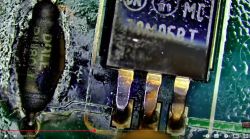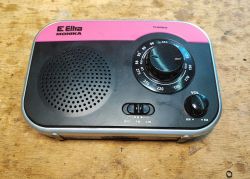 .
.
I've already shown some older radio receivers, so this time it's time for something more contemporary. Here's a simple budget allotment from Eltra, a portable radio receiver with a long wave and UKF range. Powered by 230V or three LR14 batteries, plus offering a 3.5mm jack headphone socket. I got the equipment from a friend who heard that I like Polish radio receivers, which is not what I had in mind, but let's have a look.... The product is listed on Eltra's website as archived:
 .
.
Unlike completely 'no-name' Chinese products, here you can even download the manual and declaration of conformity:
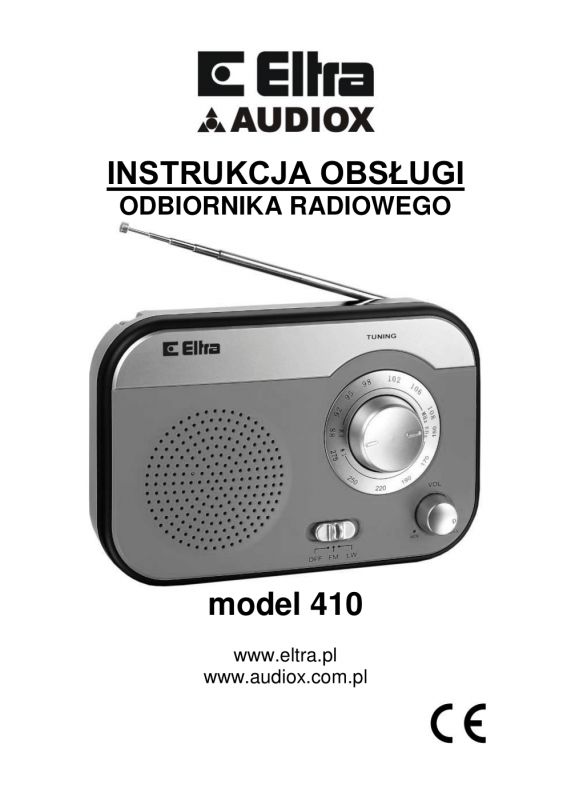

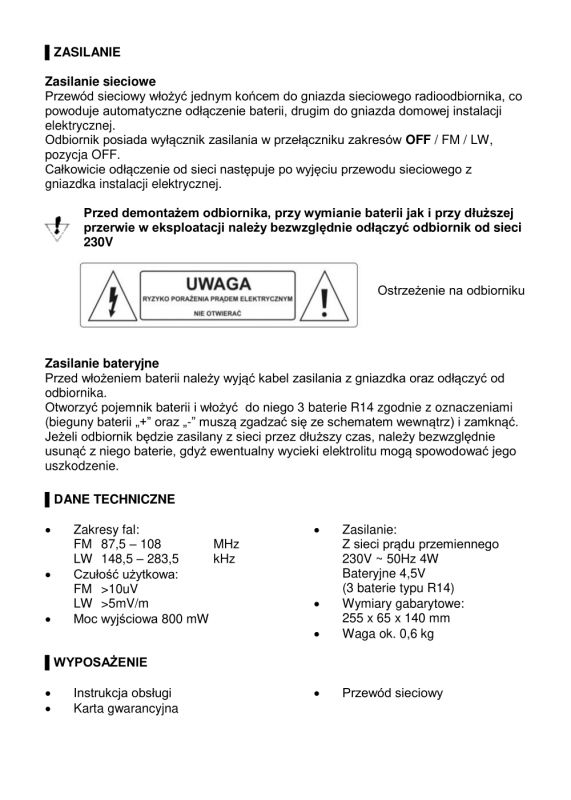
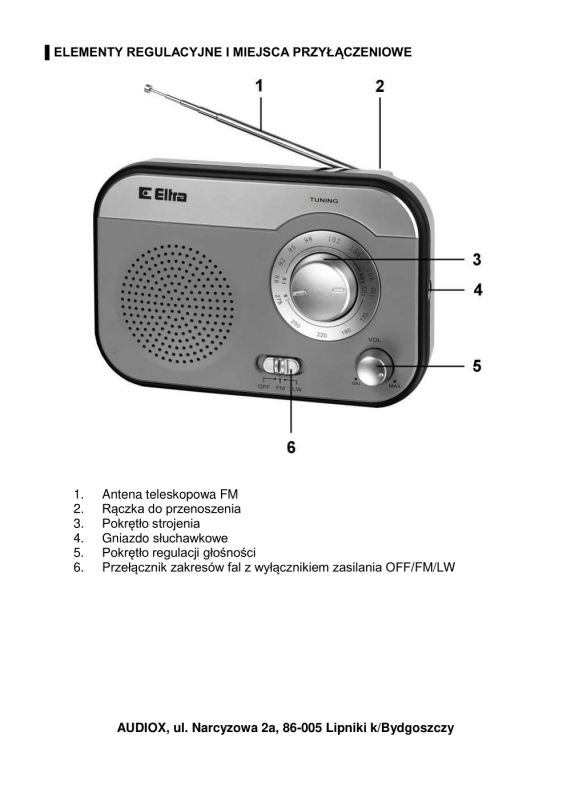

 .
.
Manual dated 2015.
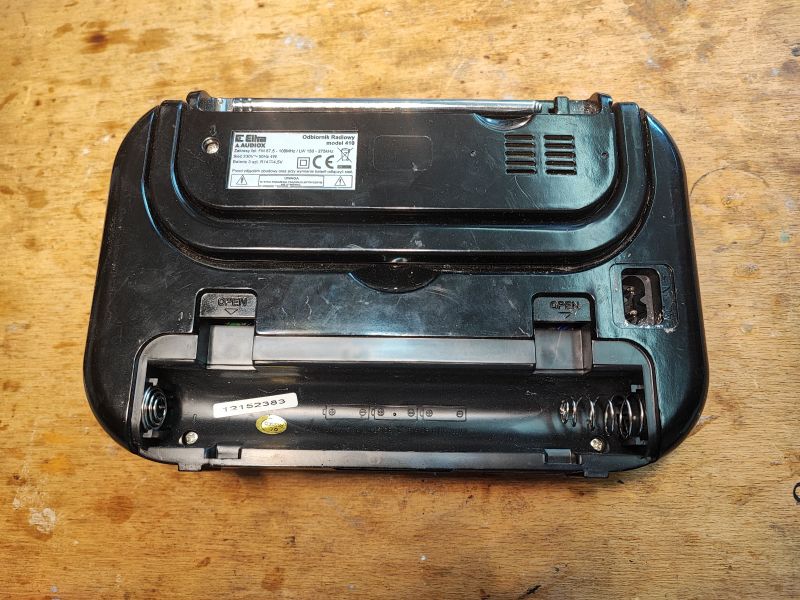
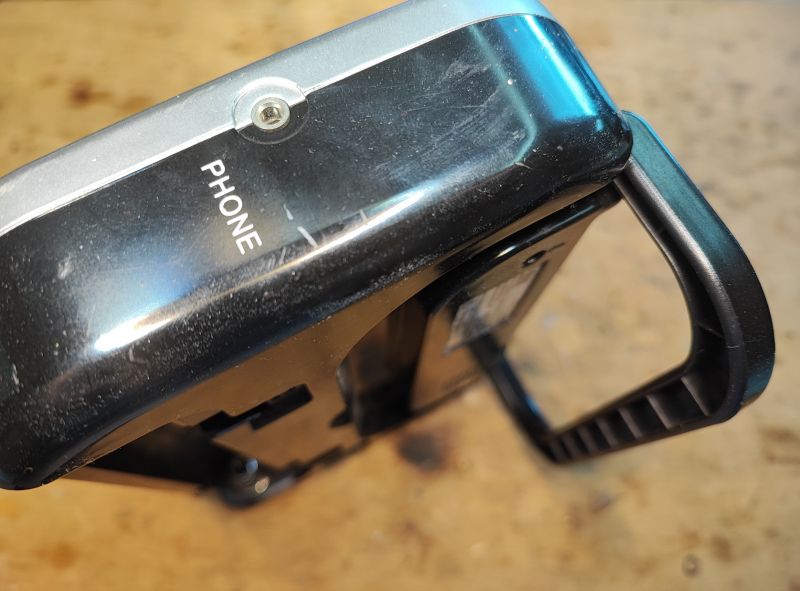 .
.
There is a tuning barrel on the housing:
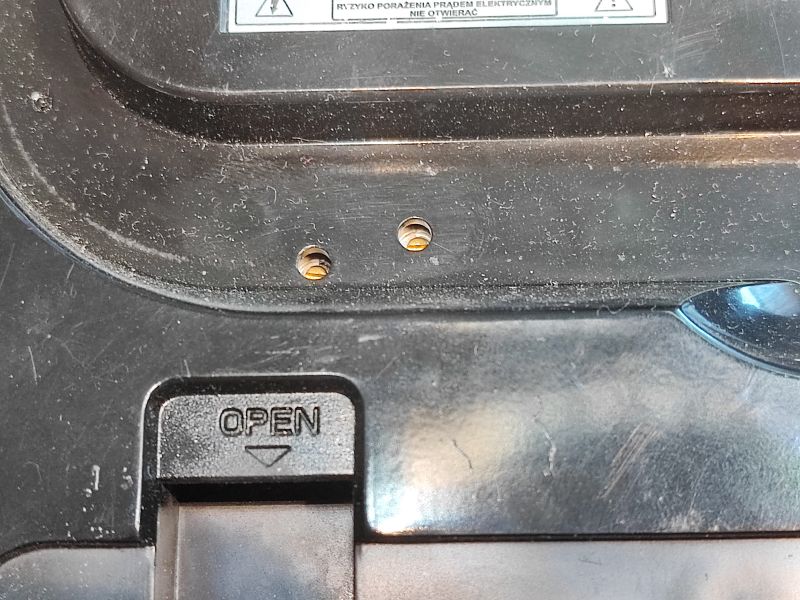 .
.
Now let's take a look inside:
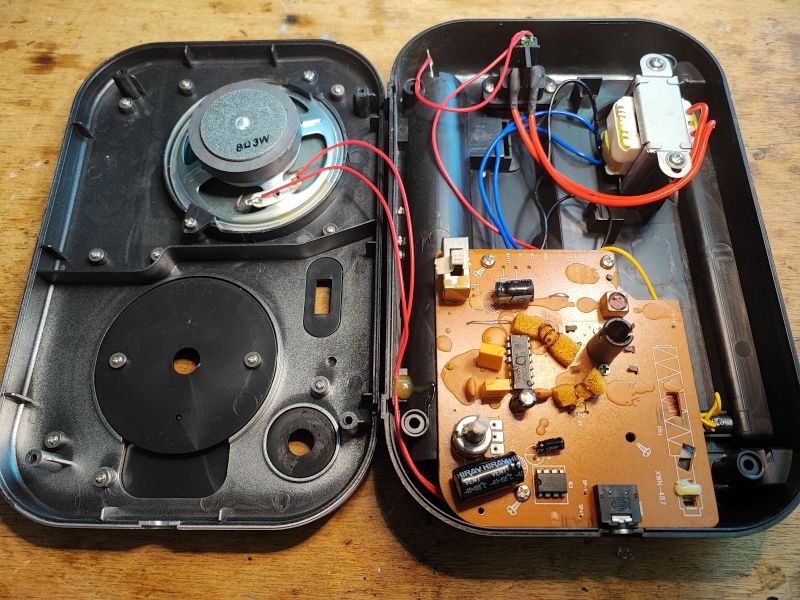
The radio is based on the CD2003:
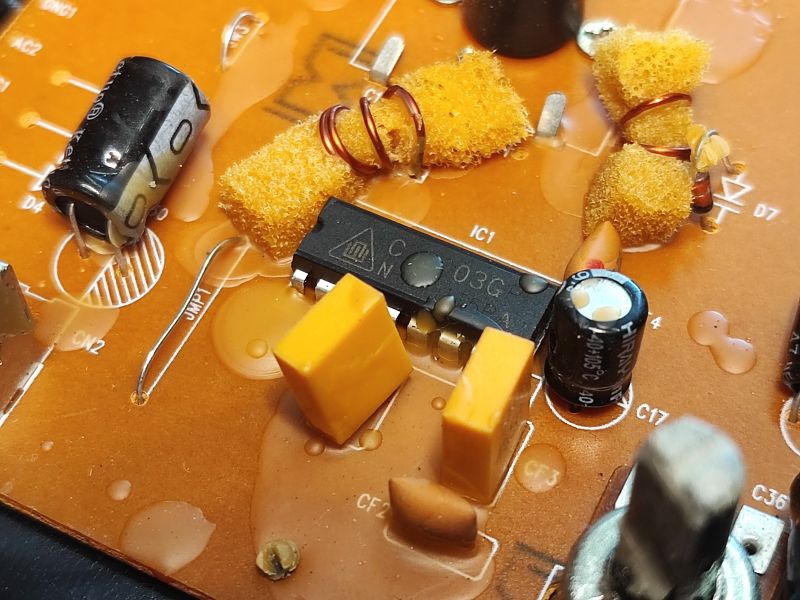
 .
.
A very popular FM/AM receiver chip, available in DIP16/SOP16 housings, operating at 1.8V-7V.
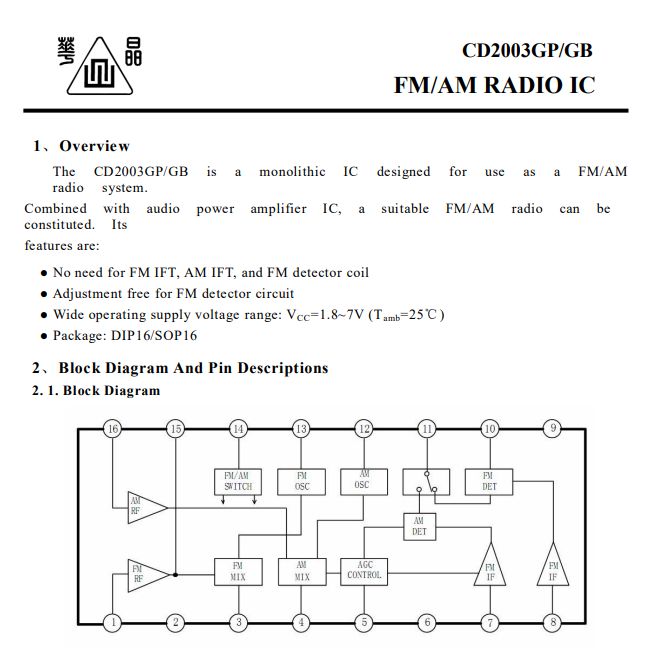 .
.
Also inside here is a single-channel audio amplifier, a TDA2822M:
 .
.
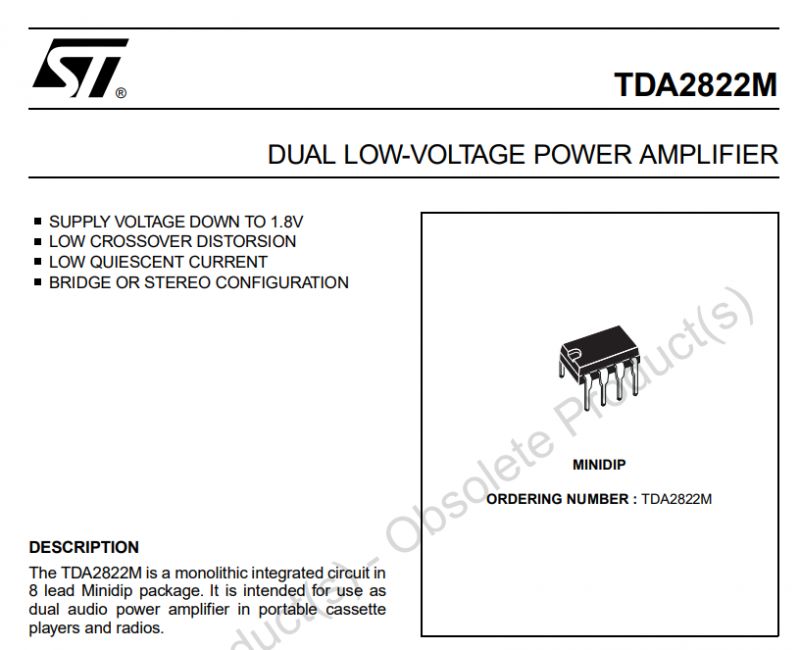 .
.
A mains transformer is used for the power supply, there is no switching power supply. It is interesting to note that the transformer used is with a centre tap on the secondary winding, there is no four diode rectifier bridge, there is but a two-terminal rectifier:
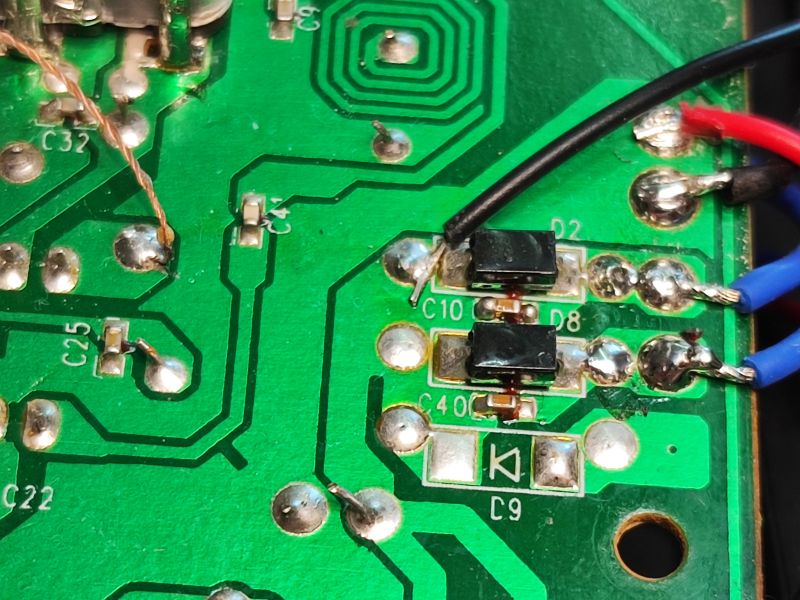 .
.
Quite poorly these solders look.
 .
.
And that's pretty much it... This is not the first time I show the simplest receiver, already before there was also a "typical Chinese" on CD2003, here:
Simple AM/FM radio - Lowry - CD2003GP and D2822A - SC3610D connectable .
The audio amplifier also matches. Only that there is one less rectifier diode here - the battery supply is wired differently.
All in all, no surprises, I wonder if it is possible to find a 1:1 receiver from another seller, without Polish name and markings....
Cool? Ranking DIY Helpful post? Buy me a coffee.



